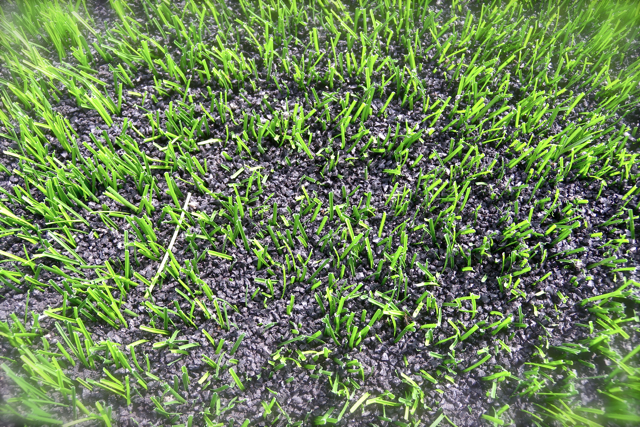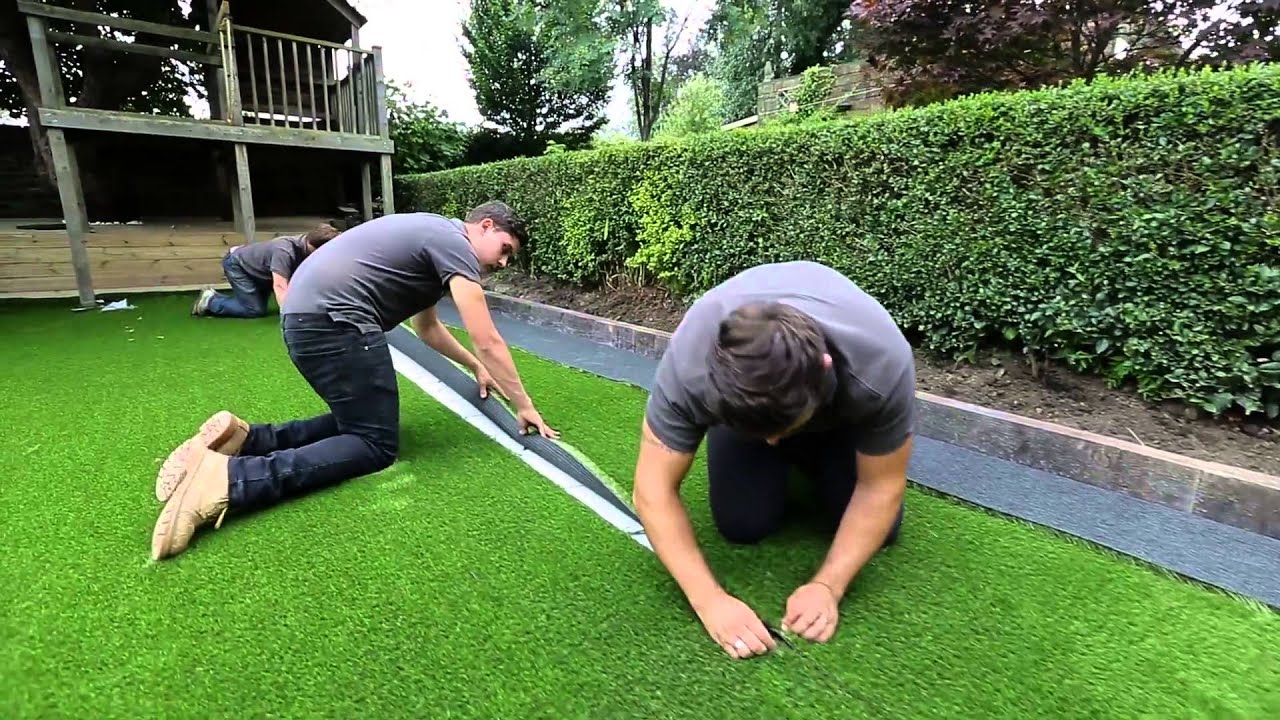Eco-Friendly Arizona Artificial Turf for a All-Season Lush Green Lawn
Explore the Environmental Perks of Opting for Artificial Lawn Solutions
The fostering of synthetic turf solutions offers an engaging opportunity to attend to pushing environmental difficulties. By significantly minimizing water usage and reducing the application of damaging chemicals, these choices not only promote lasting landscape design but likewise shield local ecological communities.
Water Preservation Conveniences
One of one of the most substantial benefits of synthetic grass is its capacity to conserve water. Standard turf yards require significant watering, especially in areas susceptible to drought or water limitations. On the other hand, synthetic grass does not require watering, significantly decreasing the overall demand for water resources. This feature is particularly advantageous in arid regions where water scarcity is a pushing problem.
By getting rid of the need for routine watering, artificial grass adds to sustainable landscape practices and assists mitigate the environmental influence of excessive water consumption. The conservation of water extends to the reduction of drainage, which can lead to dirt disintegration and waterway pollution.
Furthermore, the installment of synthetic grass allows homeowners and towns to designate water sources extra successfully, concentrating on vital usages such as alcohol consumption water and farming. The change in the direction of artificial turf not only promotes accountable water usage however additionally aligns with more comprehensive environmental goals aimed at preserving natural deposits.
As communities progressively prioritize sustainability, the water conservation benefits of synthetic grass present a compelling situation for its adoption in domestic and commercial landscaping projects.
Decreased Chemical Usage
The change to fabricated turf substantially reduces the dependence on chemical therapies frequently utilized in all-natural lawn upkeep. Standard turf management typically entails the application of herbicides, plant foods, and chemicals to advertise growth and control pests. These chemicals can posture dangers to human health, neighborhood wildlife, and the setting, contributing to dirt and water contamination.
On the other hand, synthetic grass eliminates the demand for these dangerous substances. As soon as set up, it requires very little maintenance, mostly containing routine cleaning and seldom infill replenishment. This reduction in chemical use not only profits the instant environment however also adds to wider environmental stability. By lessening the release of artificial compounds right into the ecosystem, synthetic grass promotes much healthier dirt and water systems.
Moreover, the absence of chemical runoff connected with fabricated lawn installations helps safeguard regional waterways from contamination, supporting water life and preserving biodiversity. Arizona turf. As areas increasingly focus on lasting techniques, selecting fabricated lawn offers a sensible remedy that straightens with ecological conservation goals. Through this change, homeowner can delight in lush environment-friendly rooms without endangering environmental health and wellness, paving the means for an extra sustainable future
Lower Carbon Impact

Additionally, the installment of synthetic grass can result in considerable water preservation. Natural yards need substantial quantities of water for irrigation, which not only contributes to the carbon footprint linked with water removal and treatment however additionally strains regional water sources. On the other hand, artificial grass requires marginal upkeep, requiring no watering, thus substantially reducing water usage and its associated energy expenses.
Furthermore, the long life of fabricated turf adds to its reduced carbon effect. With a life-span of approximately 15 years or even more, the demand for frequent substitutes is diminished, see this site resulting in less waste and lower energy consumption in manufacturing and disposing of conventional yard choices. On the whole, synthetic grass presents a sustainable option for environmentally conscious landscaping.
Habitat Preservation
Habitat preservation is a critical consideration in the discussion over landscaping choices, especially when contrasting artificial lawn to natural lawn. All-natural yard yards frequently require considerable maintenance, including the usage of herbicides, fertilizers, and chemicals, which can adversely influence regional communities. These chemicals can seep into the dirt and waterways, harming indigenous flora and animals and disrupting neighborhood habitats.
On the other hand, synthetic grass offers an opportunity to lower the environmental impact of landscape design. By choosing artificial grass, home owners can reduce the disruption of natural environments connected with typical yard treatment methods. Artificial grass gets rid of the demand for dangerous chemicals, thus protecting close-by wildlife and preserving the honesty of surrounding ecosystems. The setup of synthetic turf can lead to the conversion of former grass locations right into even more biodiverse landscapes, such as pollinator yards or native plant areas, which can sustain local wild animals.
Eventually, the transition to synthetic grass not look here only conserves water and lowers upkeep initiatives yet also fosters a much more unified partnership between human activities and the native environment, promoting environment preservation in the process.
Long-Term Sustainability
Lasting sustainability is a crucial consider examining the benefits of synthetic grass over typical yard yards. One of the most substantial advantages of synthetic grass is its durability; it can last approximately 15-20 years with very little upkeep, whereas great post to read natural lawn needs frequent reseeding and substitute. This long life minimizes the need for continuous sources, such as water, plant foods, and pesticides, which are crucial for maintaining a healthy grass yard.
In addition, synthetic grass contributes to a reduction in carbon emissions connected with grass treatment tools. Conventional yards commonly require gas-powered lawn mowers, leaners, and blowers, every one of which contribute to air pollution. Arizona artificial turf. On the other hand, synthetic grass removes the demand for such tools, advertising a cleaner environment
Furthermore, the manufacturing of synthetic grass significantly utilizes recycled materials, enhancing its sustainability profile. As makers embrace environment-friendly techniques, the environmental footprint of artificial turf remains to decrease.

Final Thought
The fostering of artificial grass solutions presents considerable ecological benefits, including significant water preservation, reduced dependence on harmful chemicals, and a lower carbon footprint. Man-made grass help in preserving all-natural environments by lessening land disturbance and advertising long-lasting sustainability with the use of durable products. Collectively, these factors emphasize the possibility of synthetic grass to add favorably to environmental health and supply a viable alternative to traditional landscape design methods in a significantly resource-conscious world.
In contrast, artificial lawn does not need watering, significantly decreasing the overall need for water resources. By decreasing the launch of artificial compounds right into the community, fabricated lawn advertises healthier dirt and water systems.
Additionally, the installment of artificial lawn can result in substantial water preservation. In contrast, man-made grass requires very little upkeep, requiring no watering, consequently substantially reducing water usage and its linked energy costs.
